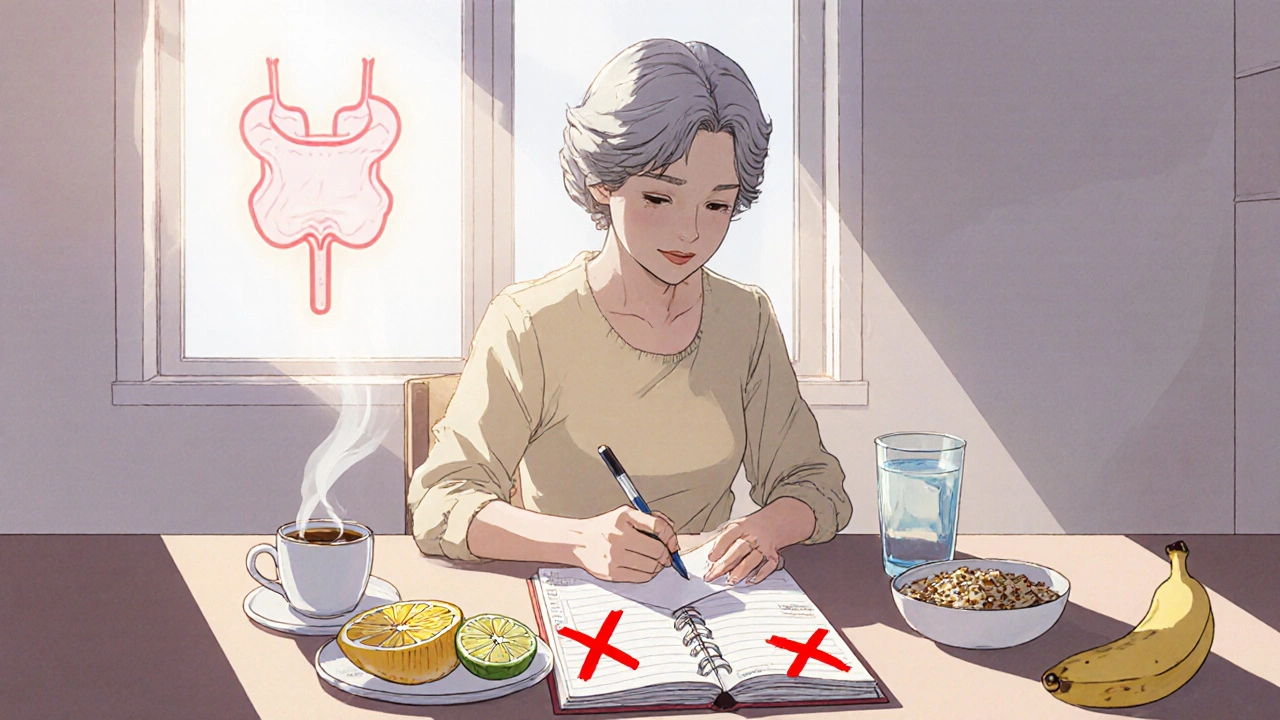Bladder Control: Solutions, Medications, and What Actually Works
When you can’t control your bladder, it’s not just an inconvenience—it’s a life interrupter. Bladder control, the ability to hold urine until you’re ready to go. Also known as urinary continence, it’s something most people take for granted until it slips away. This isn’t just about aging. It happens to women after childbirth, men after prostate surgery, and even younger people with nerve issues or chronic conditions. The good news? You’re not alone, and there are real, science-backed ways to get it back.
Urinary incontinence, the accidental leakage of urine comes in different forms. Some people leak when they laugh, cough, or lift something heavy—that’s stress incontinence. Others feel a sudden, urgent need to go and can’t make it to the bathroom in time—that’s overactive bladder. Then there’s mixed incontinence, where both happen together. Each type has different causes and different solutions. You can’t treat them the same way, and that’s why so many people feel confused. A pill that helps one person might do nothing for another.
Medications like oxybutynin or tolterodine target overactive bladder by calming the muscle that squeezes your bladder too soon. But they come with side effects—dry mouth, constipation, blurry vision. Not everyone can tolerate them. That’s why pelvic floor exercises, strengthening the muscles that support your bladder and urethra are often the first recommendation. Kegels aren’t glamorous, but they work. Studies show they improve symptoms in up to 70% of women with stress incontinence. And they cost nothing. You don’t need a prescription. You just need to do them right—and consistently.
It’s not just about pills or exercises. Things like caffeine, alcohol, and even too much fluid before bed can make things worse. Some medications—like diuretics or sedatives—can accidentally hurt bladder control. That’s why a medication review matters. You might be taking something that’s making the problem worse without you even knowing it. And if you’re older, sedating drugs can increase fall risk from rushing to the bathroom. It’s not just about fixing the bladder—it’s about looking at your whole medicine list.
There’s also a big gap between what doctors know and what patients hear. Many people think bladder control issues are just part of getting older, so they don’t bring it up. But that’s a mistake. Treatments have improved. Newer drugs, nerve stimulators, and even minimally invasive procedures can help when nothing else works. And if you’re using pads or adult diapers, you don’t have to accept that as your only option.
Below, you’ll find real, practical guides on how medications like those for overactive bladder actually work, what to ask your doctor before starting them, how to spot dangerous interactions, and what lifestyle tweaks make the biggest difference. You’ll also see how some common drugs—like those for blood pressure or depression—can quietly affect your bladder. This isn’t theory. It’s what people are using right now to take back control.


